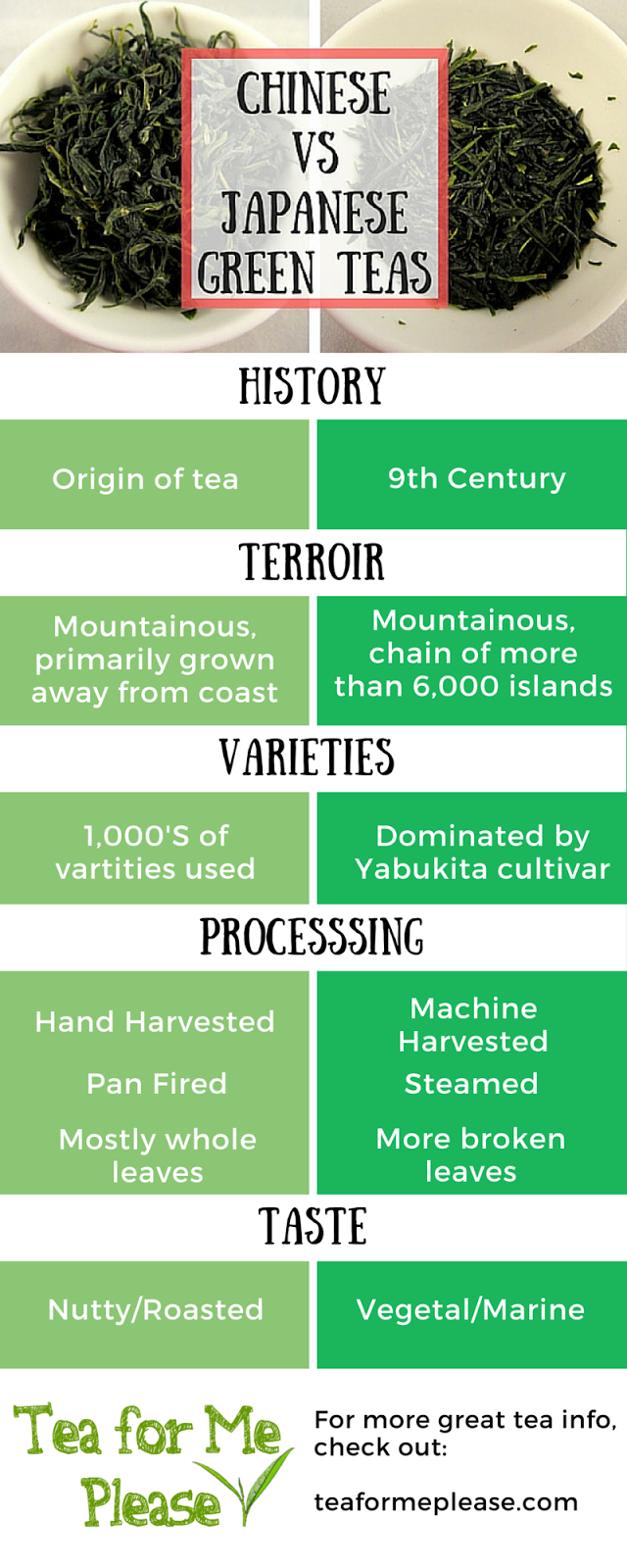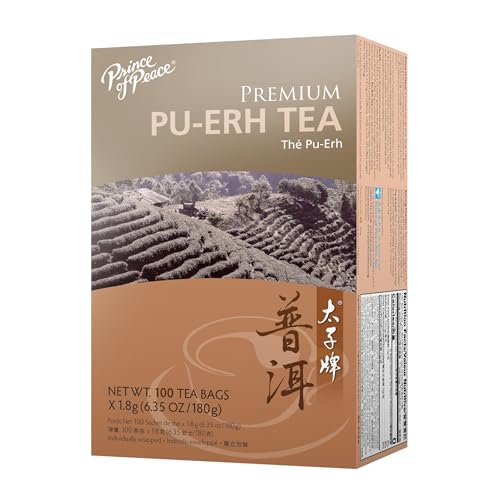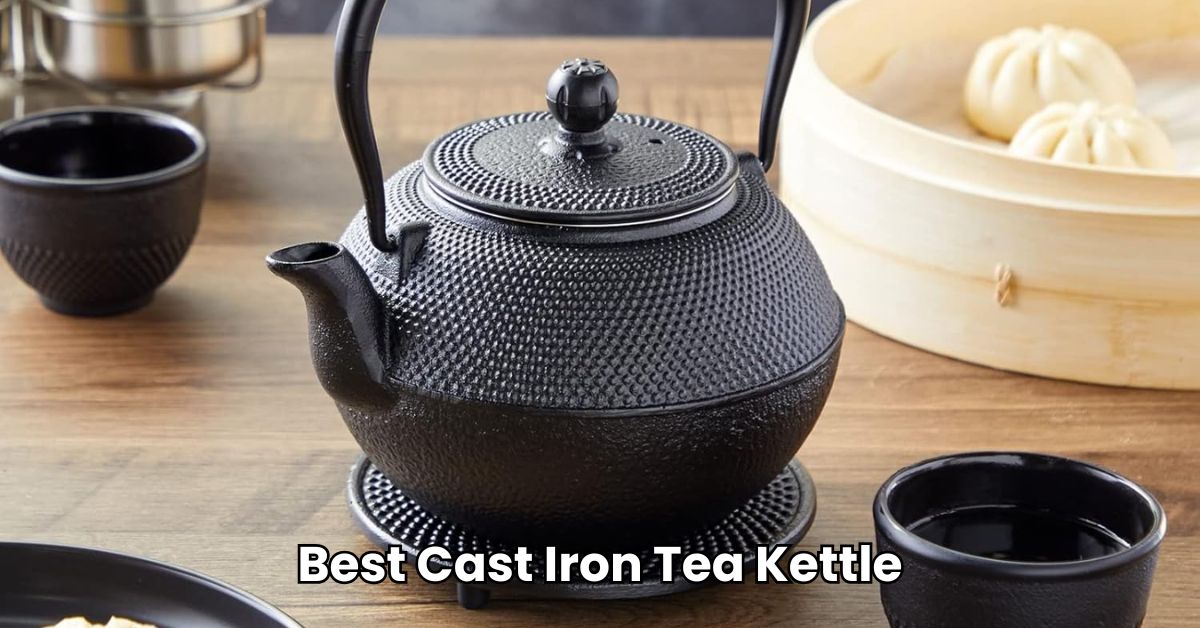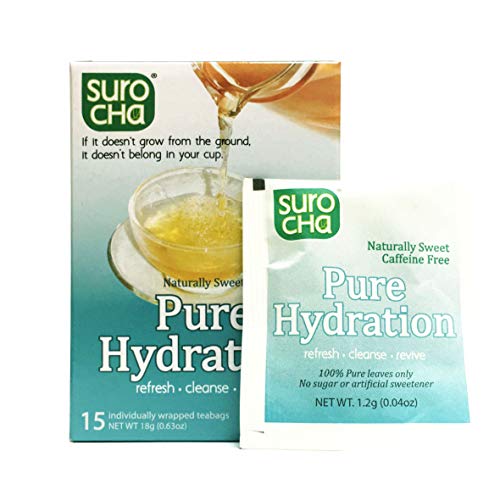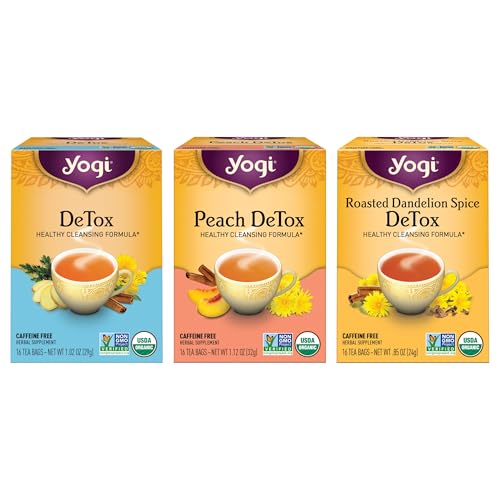Green tea is a beloved beverage worldwide. Two main types stand out: Chinese and Japanese green tea.
Understanding the differences between them helps in choosing the right one for your taste and needs. Green tea from China and Japan both offer unique flavors, health benefits, and cultural significance. While they share some similarities, they also have distinct characteristics that set them apart.
This comparison sheds light on the unique processing methods, flavors, and traditions behind each type. By exploring these differences, you can better appreciate the rich history and diverse qualities of Chinese and Japanese green tea. Whether you are a seasoned tea enthusiast or a curious beginner, this guide will help you navigate the subtle yet significant distinctions between these two renowned green teas.

Credit: softsolder.com
Growing Regions
Green tea varies significantly based on its growing region. The climate, soil, and cultivation methods influence the flavor and quality. Exploring the regions where Chinese and Japanese green teas are grown can enhance your appreciation of these unique beverages.
China’s Tea Provinces
China has several famous tea-growing regions. Zhejiang is known for Longjing tea. The climate is mild, and the soil is rich, perfect for tea cultivation.
Another notable region is Fujian. This area produces diverse green teas like Anji Bai Cha. The mountains and mist create ideal conditions for tea growth.
Yunnan is also significant. It is famous for its ancient tea trees. The high altitude and fertile soil contribute to the unique flavor of Yunnan teas.
Japan’s Tea Regions
Japan’s green tea mainly comes from a few key regions. Shizuoka is the largest tea-growing area. The well-drained soil and mild climate help produce high-quality tea.
Another important region is Uji, near Kyoto. Uji is known for producing high-grade Matcha. The region’s rich soil and controlled shading techniques enhance the tea’s flavor.
Kagoshima is also noteworthy. Located in the south, it has a warm climate. This helps in cultivating flavorful teas.
Cultivation Methods
Green tea lovers often ponder the differences between Chinese and Japanese green tea. One crucial aspect is the cultivation methods. These methods affect the flavor, aroma, and health benefits of the tea. Let’s explore the unique cultivation techniques used in China and Japan.
Chinese Techniques
Chinese green tea cultivation spans thousands of years. It uses traditional methods. Farmers often grow tea in mountainous regions. These areas have rich soil and mild climates.
- Shade-grown: Some Chinese teas, like Longjing, are grown under partial shade.
- Hand-plucking: Workers hand-pick the tender leaves. This ensures high quality.
- Variety: China offers diverse tea varieties. Each region has unique techniques.
Chinese green tea undergoes minimal processing. The leaves are pan-fired. This stops oxidation and preserves the green color. The process creates a mild, sweet flavor.
Japanese Techniques
Japanese green tea uses modern and traditional methods. It often grows in regions with well-drained soil and ample rainfall.
- Shade-grown: Many Japanese teas, like Matcha and Gyokuro, grow under shade. This increases chlorophyll and amino acids.
- Mechanical harvesting: Japan uses machines for plucking. This increases efficiency but maintains quality.
- Steaming: The leaves are steamed soon after picking. This prevents oxidation and preserves freshness.
Japanese green tea offers a vibrant green color and a fresh, vegetal taste. The steaming process is key to its unique flavor.
Processing Differences
Green tea from China and Japan offers unique flavors and benefits. The difference largely lies in their processing methods. Understanding these methods helps tea lovers appreciate each cup more. Let’s dive into how each country processes their green tea.
Chinese Methods
Chinese green tea processing emphasizes drying and pan-firing. Fresh leaves are quickly heated to stop oxidation. This step preserves the green color and delicate flavors. The leaves are then rolled and shaped. This adds a distinctive character. The final step involves drying the leaves. This can be done by baking, sun-drying, or using hot air. Each method adds a unique touch to the tea’s flavor.
Japanese Methods
Japanese green tea processing focuses on steaming. Fresh leaves are steamed within hours of picking. This halts oxidation and preserves the green color. Steaming also creates a sweeter, more vegetal flavor. After steaming, the leaves are rolled and dried. Rolling helps shape the leaves and enhance the flavor. The drying process uses warm air to reduce moisture. This keeps the tea fresh and vibrant.
Both methods create unique green teas. Understanding these processes adds depth to every sip.
Flavor Profiles
Green tea enthusiasts often debate the distinct flavor profiles of Chinese and Japanese green tea. Each offers a unique taste experience shaped by their cultivation and processing methods. This section dives into the specific flavors you can expect from these beloved teas.
Chinese Green Tea Flavors
Chinese green tea boasts a wide variety of flavor profiles. Each region’s tea has its own unique characteristics. Some common flavors include:
- Sweetness: Many Chinese green teas have a natural sweetness. This comes from careful processing.
- Nuttiness: A nutty or chestnut flavor is common. This adds a rich depth to the tea.
- Floral notes: Some teas, like Dragon Well, have subtle floral undertones.
- Vegetal taste: A hint of fresh, green vegetables is often present.
Popular varieties like Longjing (Dragon Well) and Biluochun offer these distinct flavors. Each sip offers a new experience.
Japanese Green Tea Flavors
Japanese green tea has its own unique set of flavors. These are influenced by its steaming process. Typical flavor characteristics include:
- Umami: A savory, brothy taste. This is a hallmark of Japanese green tea.
- Grassy notes: Many Japanese teas have a fresh, grassy flavor.
- Seaweed: A subtle taste of seaweed is often present. This adds a unique marine quality.
- Bitterness: Some teas have a slight bitterness. This can be balanced with sweetness.
Sencha, Matcha, and Gyokuro are well-known Japanese green teas. Each offers a distinct flavor profile, reflecting its unique processing.
Both Chinese and Japanese green teas provide diverse and rich flavor experiences. Exploring these flavors can be a delightful journey for any tea lover.
Popular Varieties
Green tea is a beloved beverage in both China and Japan. Each country has its own unique varieties. These varieties are celebrated for their distinct flavors, aromas, and health benefits. Let’s explore some of the popular varieties from both regions.
Famous Chinese Teas
Chinese green teas are known for their rich history and diverse flavors. One famous variety is Dragon Well, also known as Longjing. It has a smooth, sweet taste with a hint of chestnut.
Another popular Chinese green tea is Bi Luo Chun. It has a fruity aroma and a delicate, floral flavor. It is harvested in early spring when the leaves are tender.
Gunpowder green tea is also well-known. It gets its name from the shape of the leaves, which are rolled into small pellets. This tea has a bold, slightly smoky flavor.
Famous Japanese Teas
Japanese green teas are celebrated for their fresh, grassy flavors. One of the most famous varieties is Sencha. It is the most common green tea in Japan. Sencha has a bright, refreshing taste.
Matcha is another well-known Japanese green tea. It is a powdered tea used in traditional tea ceremonies. Matcha has a rich, umami flavor and is often used in desserts.
Gyokuro is a high-quality Japanese green tea. It is grown in the shade for several weeks before harvest. This process gives Gyokuro a sweet, mild flavor and a vibrant green color.

Credit: www.teance.com
Health Benefits
Exploring the health benefits of Chinese and Japanese green tea reveals many advantages. Both types of green tea offer unique benefits, making them popular choices for tea lovers. This section will delve into the nutritional aspects and antioxidant properties of these teas.
Nutritional Aspects
Chinese green tea and Japanese green tea both provide essential nutrients. They contain vitamins like Vitamin C and B2. They also offer minerals such as manganese, potassium, and magnesium. These nutrients support overall health and well-being.
Japanese green tea, like Matcha, is especially nutrient-rich. It has high levels of chlorophyll and fiber. This makes it a nutritious choice for those seeking a health boost.
Antioxidant Properties
Antioxidants are vital for fighting free radicals in the body. Both Chinese and Japanese green teas are rich in antioxidants. These antioxidants help in reducing inflammation and protecting cells. This can lower the risk of chronic diseases.
Japanese green tea, particularly Matcha, is known for its high antioxidant levels. It contains more catechins than other types of green tea. Catechins are powerful antioxidants that support health. Drinking Matcha can provide a significant antioxidant boost.
Chinese green tea, such as Dragon Well, also offers ample antioxidants. It provides a steady release of energy and supports heart health. Enjoying a cup of Chinese green tea can enhance your antioxidant intake.
Brewing Techniques
Brewing techniques for Chinese and Japanese green tea differ significantly. Each method highlights the unique flavors and aromas of the tea. Let’s explore these two distinct approaches.
Chinese Brewing
Chinese green tea is typically brewed with a Gaiwan or a glass teapot. The water temperature is crucial. It should be around 80-85°C (176-185°F). Too hot, and the tea turns bitter.
Here’s a simple brewing guide:
- Place 3 grams of tea leaves in the Gaiwan.
- Pour hot water (80-85°C) over the leaves.
- Steep for 1-2 minutes.
- Pour the tea into a cup through a strainer.
Chinese tea can be brewed multiple times. Each infusion reveals new flavors.
Japanese Brewing
Japanese green tea is often brewed using a Kyusu teapot. The water temperature is lower, around 70-80°C (158-176°F). This preserves the delicate taste.
Follow these steps to brew Japanese tea:
- Place 2 grams of tea leaves in the Kyusu.
- Pour hot water (70-80°C) into the pot.
- Steep for 1-2 minutes.
- Pour the tea into a cup, ensuring the last drop is included.
Japanese green tea is usually brewed only once, keeping the flavor consistent.
| Aspect | Chinese Brewing | Japanese Brewing |
|---|---|---|
| Teapot | Gaiwan or Glass | Kyusu |
| Water Temperature | 80-85°C | 70-80°C |
| Tea Leaves | 3 grams | 2 grams |
| Steeping Time | 1-2 minutes | 1-2 minutes |
| Infusions | Multiple | Single |
Frequently Asked Questions
What Is The Main Difference Between Chinese And Japanese Green Tea?
Chinese green tea is pan-fired, giving it a roasted flavor. Japanese green tea is steamed, resulting in a grassy, vegetal taste.
Which Green Tea Is Healthier, Chinese Or Japanese?
Both Chinese and Japanese green teas are healthy. They contain antioxidants and offer various health benefits. The difference lies in taste and processing.
How Does The Processing Differ Between Chinese And Japanese Green Tea?
Chinese green tea is pan-fired, while Japanese green tea is steamed. This difference in processing affects the flavor and aroma.
Which Green Tea Has A Stronger Flavor, Chinese Or Japanese?
Chinese green tea typically has a more robust, roasted flavor. Japanese green tea tends to be milder and more vegetal.
Conclusion
Choosing between Chinese and Japanese green tea depends on personal taste. Both offer unique flavors and health benefits. Chinese green tea tends to be mild and sweet. Japanese green tea is often rich and savory. Experiment with both to find your favorite.
Enjoy the journey of discovering these ancient teas. Each cup tells a different story. Savor each sip and appreciate the tradition behind it. Whether you prefer Chinese or Japanese, green tea is a delightful addition to your daily routine. Make your choice and enjoy!

